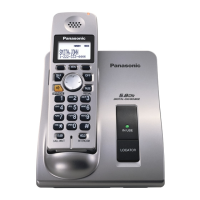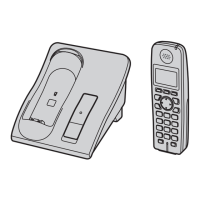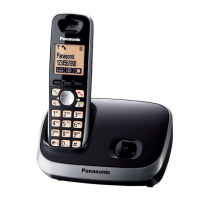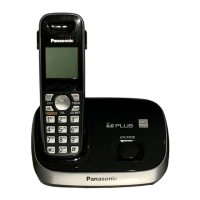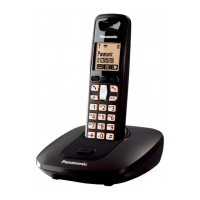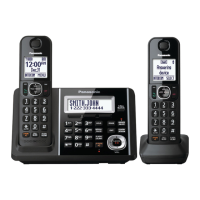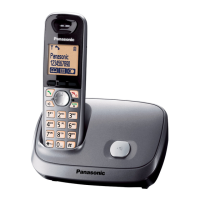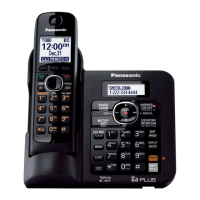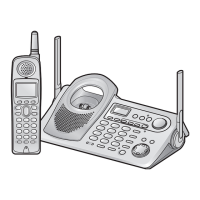This unit is compatible with Caller ID. To use this feature, you must
subscribe to the appropriate service offered by your telephone service
provider.
Please read these Operating Instructions before using the unit and save for
future reference.
For assistance, visit our website:
http://www.panasonic.com/help for customers in the U.S.A. or Puerto
Rico.
Charge the handset battery for 7 hours before initial use.
Operating Instructions
5.8 GHz Expandable Digital Cordless Phone
Model No. KX-TG6021
with 2 Handsets
Model No.
KX-TG6022
with 3 Handsets
Model No.
KX-TG6023
5.8 GHz Expandable Digital Cordless
Answering System
Model No. KX-TG6051
with 2 Handsets
Model No.
KX-TG6052
with 3 Handsets
Model No.
KX-TG6053
5.8 GHz Digital Cordless
Answering System
with 4 Handsets
Model No.
KX-TG6054
Model shown is KX-TG6021.
TG602X_605X.book Page 1 Thursday, February 8, 2007 2:39 PM
